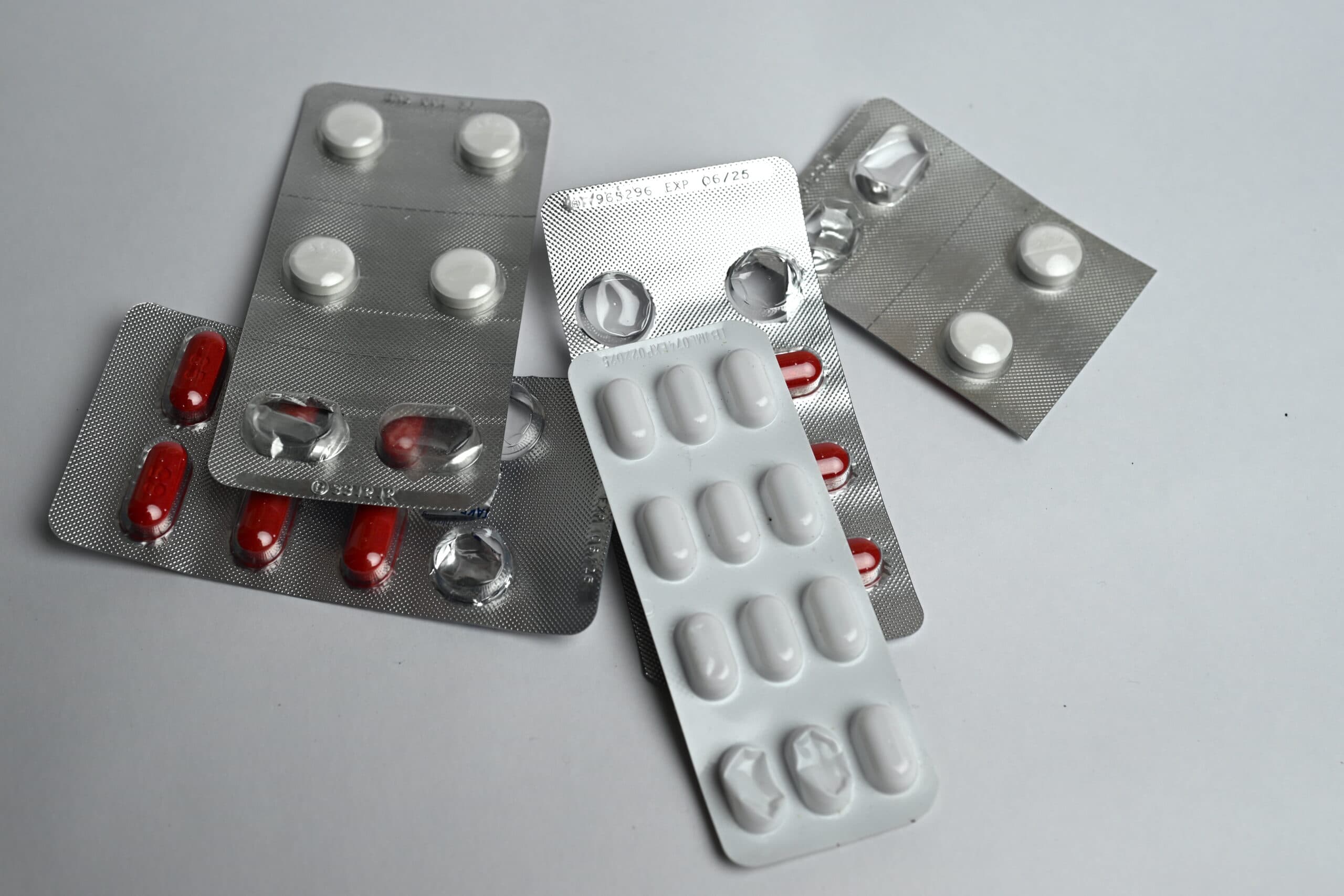This is part of America’s long-standing grudge against Australia’s Pharmaceutical Benefits Scheme (PBS).
Thu 23 Oct 2025 14.00

Photo: AAP Image/Lukas Coch
Today, Reuters reported that Trump is eyeing a new investigation into price controls on drugs in America’s trading partners, including Australia. This is part of America’s long-standing grudge against Australia’s Pharmaceutical Benefits Scheme (PBS).
Established in 1948, the PBS is a scheme where the Federal Government subsidises most of the cost of the medicines it covers. But crucially, the Government also uses its bargaining power to negotiate lower prices for the medicines in the first place. Combined, this means that Australians have access to a wide range of medicines for far lower prices than what Americans pay in the US.
Initially the PBS covered 139 ‘life-saving and disease preventing medicines’ but has been expanded over the years to become a key component of Australia’s public healthcare. In all, it now subsidises over 900 different medicines sold under 5,380 brands, making them affordable for all Australians.
Insulin, for example, crucial for managing diabetes, costs $31.60 in Australia and (in AUD) $115.16 in America, over three times more expensive.
Others medications fare even worse: Vyvanse, a common ADHD medication, costs $21.17 in Australia, but $411.30 in the US – 20 times higher. Atorvastatin, a treatment for heart disease, costs $24.81 in Australia but $2,628.39 in the US, over 100 times more expensive.
Medicines are so much more expensive in the USA than in Australia that the best way to think of the comparison is to consider the US price as a multiple of the Australian price, as seen below.
As part of PBS, the Federal Government negotiates set prices for prescription medications with pharmaceutical companies. This effectively means that Australia buys its medicines at bulk, and at bulk prices. Combined with government subsidies, this means that Australians get their medicines on the cheap, but it also reduces the profits of the pharmaceutical giants which sell the drugs – including American ones.
This has long been a sticking point for the US. Over 20 years ago, during negotiations for the Australia United States Free Trade Agreement (AUSFTA for short), the US pushed hard to water down the PBS. When this was highlighted by various groups, including the Australia Institute, the public backlash was so immense that the Howard Coalition Government was forced to resist US pressure
The AUSFTA still watered down the PBS, but far less than the US pharmaceutical industry wanted – and they haven’t forgotten.
Earlier this year, in defiance of the AUSFTA, the Trump administration imposed tariffs on Australian steel and aluminium. And the US pharmaceutical industry is again lobbying the US Government to do something about the PBS. It seems their efforts have been successful, with the Trump administration preparing a new probe into drug pricing practices in America’s trading partners, which includes Australia’s PBS scheme.
The threat is that, unless Australia agrees to dismantle or water down the PBS and make medicines more expensive, the Trump administration will impose retaliatory tariffs.
Healthcare costs are incredibly high in the United States, they spend significantly more as a proportion of their GDP than any other developed country (including Australia). But that spending doesn’t translate to better health outcomes – quite the opposite. The USA has a life expectancy of 78 years, five years shorter than Australia’s 83.
The PBS is a crucial part of what sets Australia’s healthcare system apart from America’s. But, since it eats into the profit margins of big pharmaceutical companies, the Trump administration wants to gut it.
If the price of maintaining our relationship with the US is paying exorbitant prices for medicine, then Australians will inevitably ask the question – is this a friend we really want?